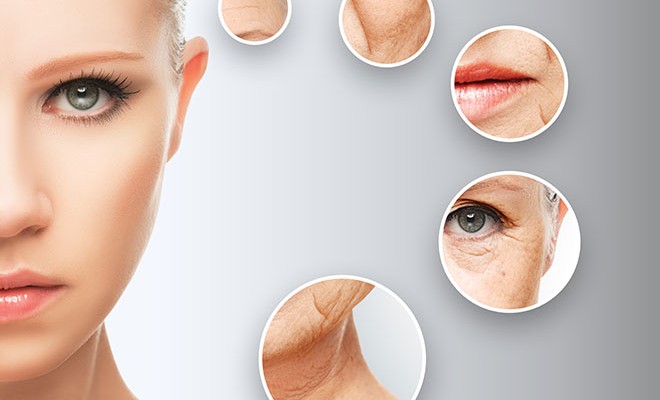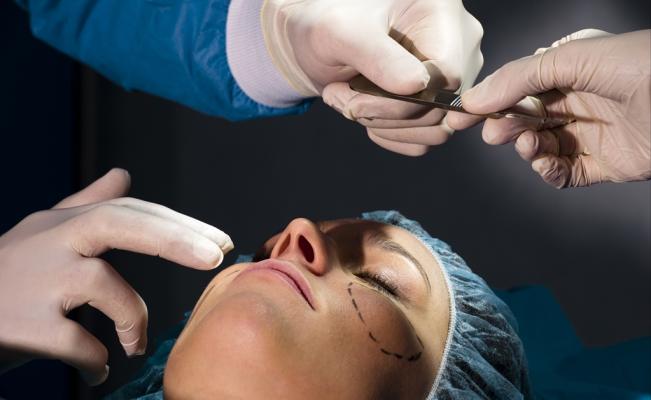Nearly 2 million Americans went “under surgery knife” in 2017 for cosmetic surgical procedures like breast augmentation, liposuction, and tummy tucks. While more than 15 million opted for minimally-invasive procedures such as Botox, chemical peels, and soft-tissue fillers. The new statistics, announced yesterday by the American Society of Plastic Surgeons (ASPS). Show that both types of procedures have grown in popularity in recent years.
“Many of the stigmas of plastic surgery people may have had in the past no longer exist,”. Says ASPS President Jeffrey Janis, MD. “It used to be that plastic surgery was something we didn’t talk about around the water cooler or certainly not over the Internet. But now people feel more free to discuss it among their friends and colleagues. And sometimes with people they don’t even know through social media.”
Overall, the percentage of cosmetic procedures performed in the U.S. grew 2% from 2016 to 2017. Minimally invasive procedures have increased nearly 200% since 2000. But they grew at just a slightly higher rate than surgical ones in the last year.

In 2017, the top five procedures that require traditional surgery were breast augmentation (up 3% from 2016), liposuction (up 5%), nose reshaping (down 2%) eyelid surgery (no change), and tummy tuck (up 2%). The top five minimally invasive procedures were Botox (up 2%), soft-tissue fillers (up 3%), chemical peel (up 1%), laser hair removal (down 2%), and microdermabrasion (down 4%).
Dr. Janis points out that many of these procedures—especially the minimally invasive ones—focus on the face. “One of the reasons could be the popularity of social media,” he says. “Everyone wants to look their best with as little downtime as possible. With some of these procedures, you come into the clinic and you drive home the same day.”
He’s not the only one who suspects that social media may be driving these trends. Earlier this week, a Rutgers University doctor published a paper in the journal JAMA Facial Plastic Surgery showing that selfie photographs distort subjects’ facial features and make the base of the nose look 30% larger than it really is. His impetus for the study? Patients showing him selfies as examples of why they wanted nose jobs.
That’s not to say that people aren’t still interested in reshaping their bodies below the neck. Breast augmentation remains extremely popular, says Dr. Janis, although he points out that the average size of implants has gotten smaller over the years. Dr. Janis was also pleased to see a dramatic spike in breast reduction surgeries in 2017, up 11% from 2016.

“Breast reduction surgery is one of the most highly rated patient-satisfaction procedures we have,” he says. “Oftentimes women have lived years suffering from issues related to the size of their breasts—things like back, shoulder, and neck discomfort, rashes under their breasts, and grooves from their bra straps digging into their shoulders.” Disproportionately large breasts can also make it difficult for women to exercise or even do things around the house, he adds.
Women Plastic Surgeries
“It’s important that these women know that there’s a solution—and in many cases, it’s a solution where a woman can come in and go home the same day,” he says. “It’s almost inevitable that patients come back and say, ‘I wish I had this years ago.’”
Tummy tucks saw an increase in 2017 after a decrease the previous year. And non-invasive procedures that promise to remove fat, tighten skin, and reduce cellulite—using techniques like freezing, ultrasound, and lasers—have grown as well.
Those numbers may reflect the fact that many Americans carry around unwanted fat. But it doesn’t necessarily mean that people are looking for the easy way out, says Dr. Janis. “I think society today is more interested in fitness, health, and wellness, and that’s fantastic,” he says. “This issue is, despite lifestyle modifications, sometimes there are problem areas that still exist.”
Dr. Janis says that no matter what surgical procedure you’re considering—yes, even minimally invasive ones—it’s important to look for a doctor who’s board certified by the ASPS. (You can search for one in your area on the ASPS website.) “There are a lot of people who call themselves plastic surgeons or cosmetic surgeons. But our members go through no less than six and often eight years of training,” he says.
“We go through a process in order to assure that our patients are safe and that our doctors are delivering results consistently and reliably,” Dr. Janis adds. Plus, these physicians only operate out of accredited facilities with national standards for equipment and personnel. “It’s not only who we are, but where we do it that’s also a big part of prioritizing patient safety,” he says.













